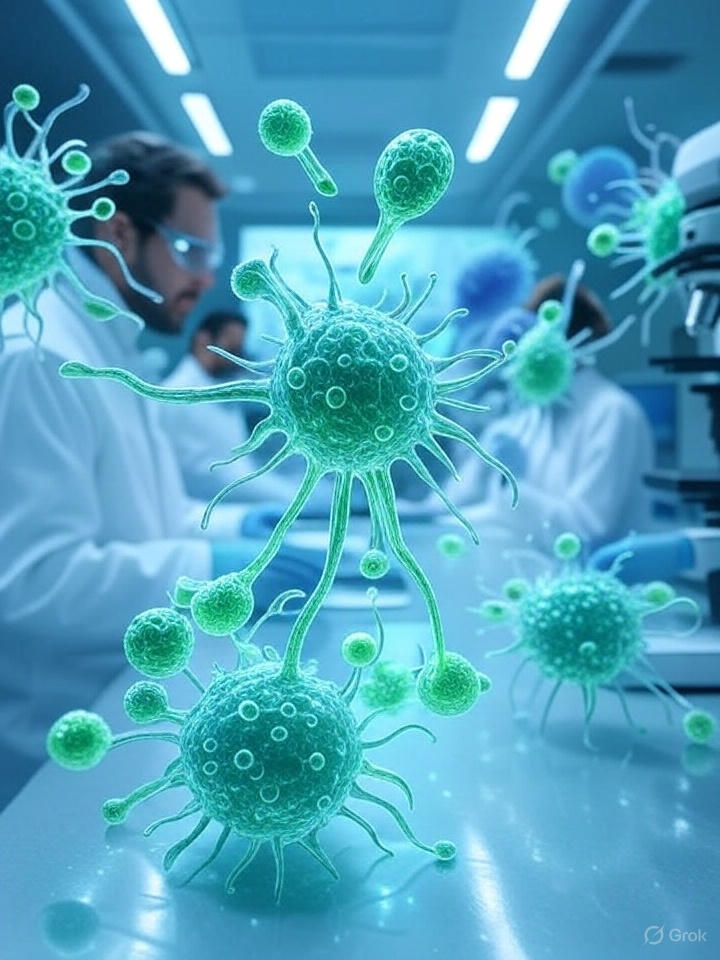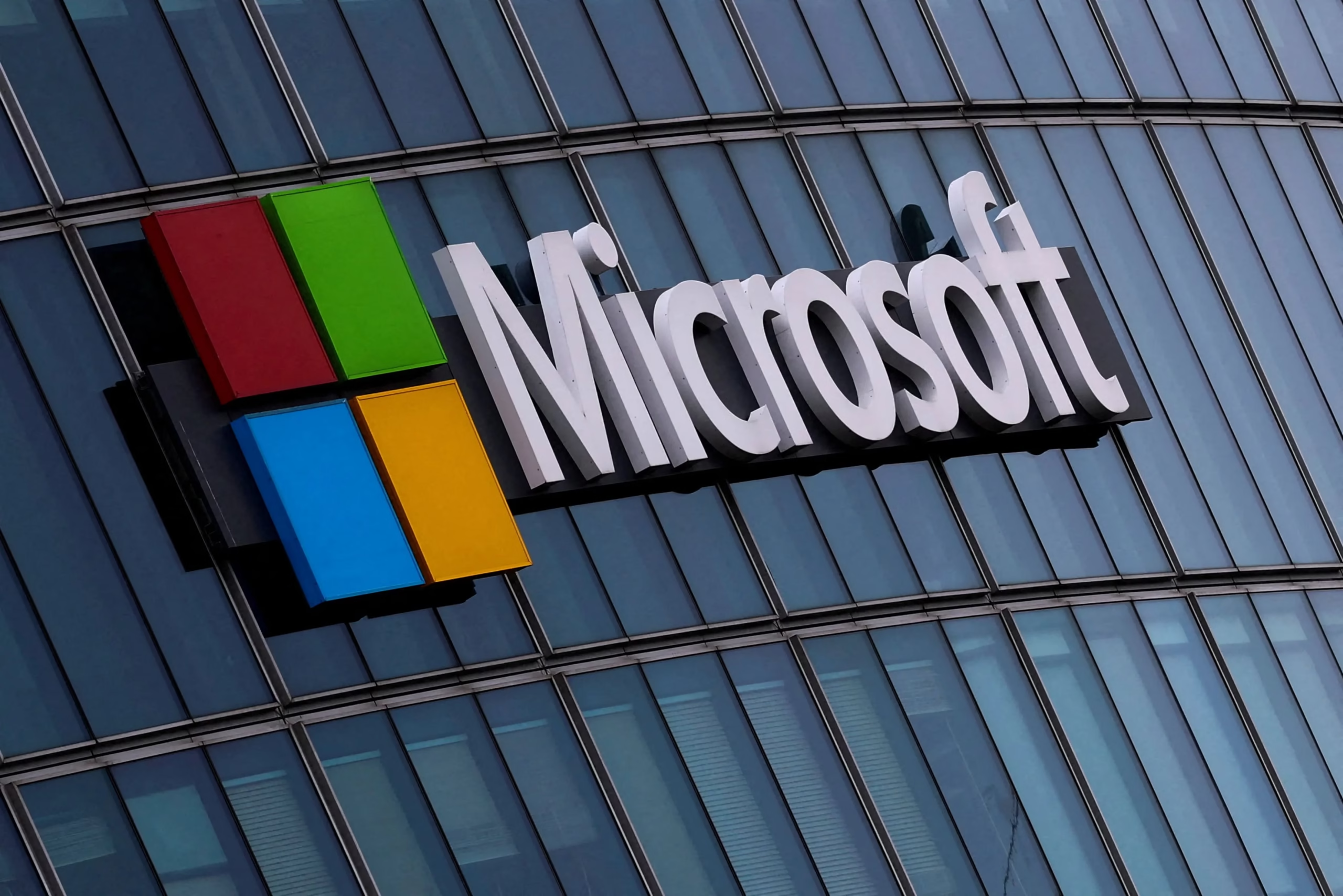
The Digital Twin of Living Systems: A New Frontier for Biological Research
As digital twins transform the industrial world by optimizing prediction, control, and decision-making, a new challenge emerges: can we apply this concept to living systems? INRAE, France’s National Research Institute for Agriculture, Food and the Environment, is exploring this ambitious frontier through Artemis, an interdisciplinary research network funded by the DIGIT BIO metaprogram.
This initiative aims to bridge life sciences and formal sciences in order to better understand, model, and potentially steer biological systems — especially microbial ecosystems.
Rethinking the Digital Twin for Biology
In industry, a digital twin is typically defined as a system that continuously receives real-time data from a physical object, processes it through a model, and issues recommendations or actions in return. But living systems present complexities that challenge this paradigm.
Simon Labarthe, a researcher at UMR Biogeco and coordinator of the Artemis project, explains:
“We’ve extended the classic framework by distinguishing three types of feedback loops: real-time (online), on-demand (with analysis delay), and offline (to guide experimental design). This allows us to accommodate biological data’s inherent variability and temporal constraints.”
Artemis: Building Interdisciplinary Synergies
Artemis is not a product development platform — it’s a research-driven network that unites microbiologists, ecologists, plant and animal health experts, fermentation specialists, and system modelers. The goal is to define what a biological digital twin might look like, grounded in real biological processes and scientific needs.
“We’re not trying to force industrial technologies like deep learning onto biology,” says Labarthe. “Instead, we want to design tailored approaches that reflect the complexity of living systems.”
A Concrete Application: Designing Microbial Consortia
One flagship example involves the development of microbial consortia that can protect plants from pathogens.
“In practice, we can isolate dozens of beneficial microorganisms, but testing all possible combinations in the lab is infeasible — the combinatorial explosion is massive,” Labarthe notes.
With digital twin modeling, researchers can simulate potential microbial interactions in silico, identify the most promising configurations, and focus their laboratory experiments accordingly. In this case, the digital twin doesn’t manage a system in real time but accelerates discovery by narrowing down possibilities.
Three Major Scientific Challenges
Data acquisition and integration: Biological datasets — especially omics data (genomics, transcriptomics, metabolomics, etc.) — are rich but time-consuming to produce and integrate.
Modeling dynamic, complex systems: Creating models that can assimilate heterogeneous data and predict microbial community behavior remains a significant scientific frontier.
Controlling living systems: How can we influence microbial consortia effectively? Can variables such as temperature, nutrients, or the introduction of new strains be harnessed to guide system dynamics?
Capturing the Complexity of Microbial Interactions
Microbial communities are shaped by intricate interactions: nutrient exchange, metabolic cooperation, competition, biofilm formation, biocide production, and more.
“We are building simplified models to capture aspects of this complexity, including spatial structures and functional dynamics,” Labarthe explains. “Sometimes, the digital twin itself is a minimal biological consortium that we study to better understand broader system behaviors.”
Ethical and Philosophical Dimensions
What sets Artemis apart is its integrated philosophical and ethical reflection. From the project’s second workshop onward, science philosophers have been embedded in the team.
Their mission is to critically assess how far we can go in simulating life, the role of humans in the decision-making loop, and the risks of over-relying on opaque technologies.
“The digital twin must not become a magical black box to which we blindly delegate control,” Labarthe insists. “It should remain a tool for human-guided research, not a substitute for it.”
Toward a New Era of Digital Biology
With Artemis, INRAE is pioneering a new research paradigm where digital models are not just support tools but central elements in biological discovery and experimentation.
This initiative doesn’t simply repurpose industrial tools — it reinvents the digital twin concept for biology, with rigor, interdisciplinarity, and ethical foresight.












